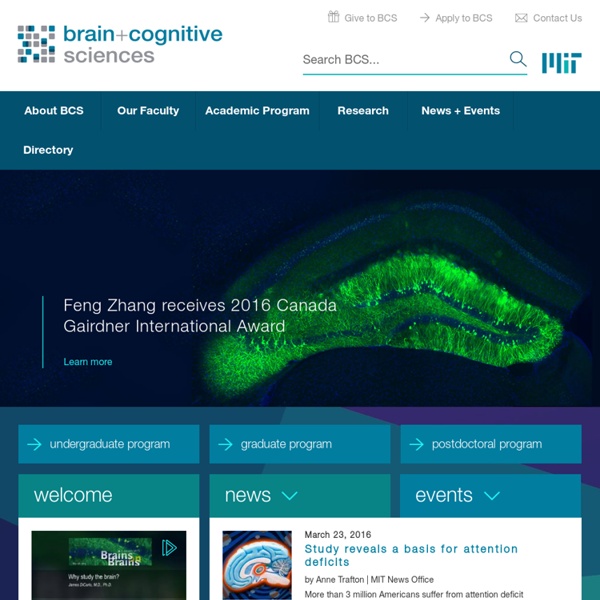



El Dr. Emery N Brown en Madrid | AnestesiaR El Dr. Emery Brown estuvo en Madrid y Barcelona (España) y todos los que pudimos asistir a su conferencia pudimos constatar el tremendo campo de investigación que queda por recorrer en el terreno de la anestesiología. ¿Qué pasa con nuestros pacientes cuando les administramos fármacos que inciden en el estado de consciencia? Emery Brown es profesor en Harvard, dirige un departamento en el MIT y es anestesiólogo en el Hospital General de Massachusetts. AnestesiaR no podía dejar de conversar con él y exponerle algunas preguntas que amablemente respondió en un correctísimo español. El Dr Emery Brown destaca la importancia de que los anestesiólogos deben tomar consciencia que son la especialidad médica que más incide en el comportamiento fisiólogico de un cerebro. Para seguir con el tema nada como repasar las entradas que AnestesiaR publicó sobre la monitorización cerebral El electroencefalograma en cuidados críticos * General Anesthesia: Activating a Sleep Switch?
Methylphenidate Actively Induces Emergence from General Anesthesia Sleep and Anesthesia Interactions: A Pharmacological Appraisal Introduction The anesthetic state is characterized by alteration in level of consciousness, decreased responsiveness to external stimuli, amnesia, decreased muscle tone, and altered autonomic responsiveness. The degree to which each of these effects is achieved depends both on the anesthetic agent and its dose. Individual anesthetics have variable efficacy in eliciting each of the components of the anesthetic state suggesting that subtle, yet important differences exist in their molecular mechanisms of action. The precise way anesthetics work remains mysterious. Neuroimaging studies have proven to be a powerful tool in studying the minimal neuronal substrates required for conscious perception and the effects of anesthetic agents in disrupting consciousness [3, 4•, 5]. Sleep is a relatively quiescent state characterized by decreased behavioral activity and responsiveness to stimuli. Brainstem During REM sleep, GABA levels in the PRF decreased and acetylcholine levels increased [28].
The Ageing Brain: Age-dependent changes in the electroencephalogram during propofol and sevoflurane general anaesthesia + Author Affiliations ↵*Corresponding authors. E-mail: patrickp@nmr.mgh.harvard.edu or enb@neurostat.mit.edu Accepted April 19, 2015. Abstract Background Anaesthetic drugs act at sites within the brain that undergo profound changes during typical ageing. Methods We analysed the EEG in 155 patients aged 18–90 yr who received propofol (n=60) or sevoflurane (n=95) as the primary anaesthetic. Results Power across all frequency bands decreased significantly with age for both propofol and sevoflurane; elderly patients showed EEG oscillations ∼2- to 3-fold smaller in amplitude than younger adults. Conclusions These profound age-related changes in the EEG are consistent with known neurobiological and neuroanatomical changes that occur during typical ageing. Editor's key points The brain undergoes normal age-related changes in structure and function that might influence anaesthetic-induced changes in the EEG. The changes in brain anatomy and physiology associated with typical ageing are numerous.
Changes in the electroencephalogram during anaesthesia and their physiological basis Abstract The use of EEG monitors to assess the level of hypnosis during anaesthesia has become widespread. Anaesthetists, however, do not usually observe the raw EEG data: they generally pay attention only to the Bispectral Index (BIS™) and other indices calculated by EEG monitors. This abstracted information only partially characterizes EEG features. Editor's key points Anaesthetists commonly use processed electroencephalographic data to guide anaesthesia, but the raw EEG can be more informative. During the past few decades, EEG monitors, such as the BIS™ monitor (Covidien, Boulder, CO USA), have become widely used. Many factors, such as noxious stimuli, hypercapnoea, hypocapnoea, and hypothermia, also affect changes in raw EEG waveforms. Changes in the raw electroencephalogram during anaesthesia Fig 1 EEG waveform (4 s duration) during 0.3, 0.6, 0.9, 1.2, and 1.5% isoflurane anaesthesia in a 55-year-old ovarian tumor patient undergoing resection. Fig 2 Fig 3 Fig 4 Fig 5 Conclusion Funding
Memory formation during anaesthesia: plausibility of a neurophysiological basis Abstract As opposed to conscious, personally relevant (explicit) memories that we can recall at will, implicit (unconscious) memories are prototypical of ‘hidden’ memory; memories that exist, but that we do not know we possess. Nevertheless, our behaviour can be affected by these memories; in fact, these memories allow us to function in an ever-changing world. It is still unclear from behavioural studies whether similar memories can be formed during anaesthesia. Thus, a relevant question is whether implicit memory formation is a realistic possibility during anaesthesia, considering the underlying neurophysiology. A different conceptualization of memory taxonomy is presented, the serial parallel independent model of Tulving, which focuses on dynamic information processing with interactions among different memory systems rather than static classification of different types of memories. Editor's key points These issues are compounded many-fold in the case of unconscious memory. Fig 1
Clinical Electroencephalography for Anesthesiologists Part I: Background and Basic Signatures Neural correlates of consciousness - ScienceDirect Topics It is often assumed in the debate concerning the nature of consciousness that there are few relevant facts and therefore everybody is entitled to their own theory of consciousness. Nothing could be further from the truth. There is an immense amount of psychological, clinical, and neuroscientific data and observations that need to be accounted for. In particular, the contemporary focus on the neuronal basis of consciousness in the brain – rather than on eristic philosophical debates concerning exact definitions, whether true zombies can exist, or whether or not the Hard Problem can or cannot be solved – has given neuroscientists the tools to effectively attack this problem. As defined by FC Crick and C Koch, the neuronal correlates of consciousness (NCC) are the minimal neuronal mechanisms jointly sufficient for any one specific conscious percept (minimal, as the entire brain is sufficient to give rise to consciousness). What characterizes the NCC?
Module 1: Intro to Waveforms and Spectrogram by DREAMER Education Team on Prezi